Stories connect us and help us make sense of the world. Plants carry many stories ranging from their very evolutionary origin to their practical use by humans – woven into canoe sails, steeped into medicinal teas, or orchestrated as art or social commentary.
This pursuit of knowledge is the study of ethnobotany – the stories that illuminate the relationship between plants and people. Over time, we extend our accumulated knowledge of plants and their uses to increase wellness in ourselves, our communities, and our ecosystems. Using stories as a springboard for discussion, we find that adding native, edible, and herbal plants to water gardens can inspire us as responsible stewards of our bodies and our ‘aina.
Our favorites are Aka Akai, Makaloa, Hala, and Bacopa. Aka Akai (Schoenoplectus tabernaemontani) has a natural range on Ni’hau, Kaua’i, O’ahu, Moloka’i, and Hawai’i. Relatively easy to maintain, this tall reed is wonderful for high winds due to its flexibility. In a large pot, the reeds can grow over 6 feet tall with thicker stalks and rhizomes. If you grow it in a small pot of dirt you can bonsai it to be thin and 2-3 feet high. Tall and strikingly beautiful, it is an excellent base for prized hala mats. This plant is a valuable addition in wetlands for native and migratory waterfowl that use them for food, shelter, and nesting material. A preferred perch for the native damselflies and pinao ‘ula, as a bonus!
Makaloa (Cyperus laevigatus) is an amazing short sedge that is famous in Hawaii for its fine woven mats and hats. Sadly, it has almost become a lost art and it can be hard to find in nurseries statewide. Interestingly, a famous Makaloa woven mat is on display at the Bishop Museum in Honolulu that was made by an 80-year-old woman from Waimea named Kala’i as a gift to the King. She and her husband spent 10 months working on the mat together. After he died, she finished it in the 11th month alone. Plaited into the very fabric of the mat is a message of resistance to the changes happening with land-tenure, and oppressive taxation of the people – a fascinating medium for protest!
We have a good supply of Makaloa and find it an especially attractive sedge for the smaller container water garden. It is said that each island has its own variety, and Makaloa we are cultivating at Garden Ponds grows to be about 18 inches high. Not to be underestimated for its delicate appearance, this plant is a powerhouse when it comes to controlling erosion along stream banks, creating a root mat that stabilizes the soil. Additional benefits also include food and shelter for native water birds such as the moorhen and the coot. It will grow in brackish water and grows naturally at 150 feet to sea level, although we have had success growing it as high as 4000 feet.
Hala (Pandanus tectorius) is fun in the water garden since it slowly grows up onto stilts and can grow into a tree if you let it. We have a yellow and green variegated variety with no thorns on its leaf edges and the green variety with thorns along its edges. Our favorite hala is a Japanese variety that has thorns, and its variegations turn almost white with dark green in the shade.
Native bacopa (Bacopa monnieri) is an amazing ground cover and bog plant that can handle a little brackish condition and fish love lightly nibbling on it. It can be extremely attractive in a water container garden with the plant cascading down the side of the pot. Bacopa is also an amazing tea with many herbal qualities. New evidence is showing promising benefits in reducing inflammation, boosting brain function, reducing ADHD symptoms, reducing anxiety and stress, and lowering blood pressure. New research is looking into its treatment and prevention of Alzheimer’s.
On the edible side we have the amazing watercress, known as a super food, with many amazing nutritional qualities. Ranked number one on the US Centers for Disease Control’s Powerhouse Fruits and Vegetables list, no other fruit or vegetable offers more nutrition! Horsetail is also an amazing plant in the water garden for its many herbal uses, including building bone density, hair growth, and lowering blood sugar. (Note: careful research must be done when using plants as remedies as there are many precautions to be aware of.)
Come by to find some intriguing or helpful native, edible, or herbal plants to add to your water garden today. Also, we encourage you to share stories or discoveries of plants that you have come to know. Garden Ponds is located beside the Kaua’i Mini Golf in Kilauea. We are open Wednesday to Sunday 12-5pm
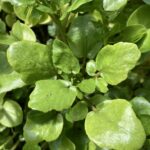
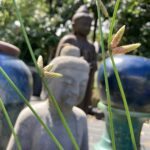
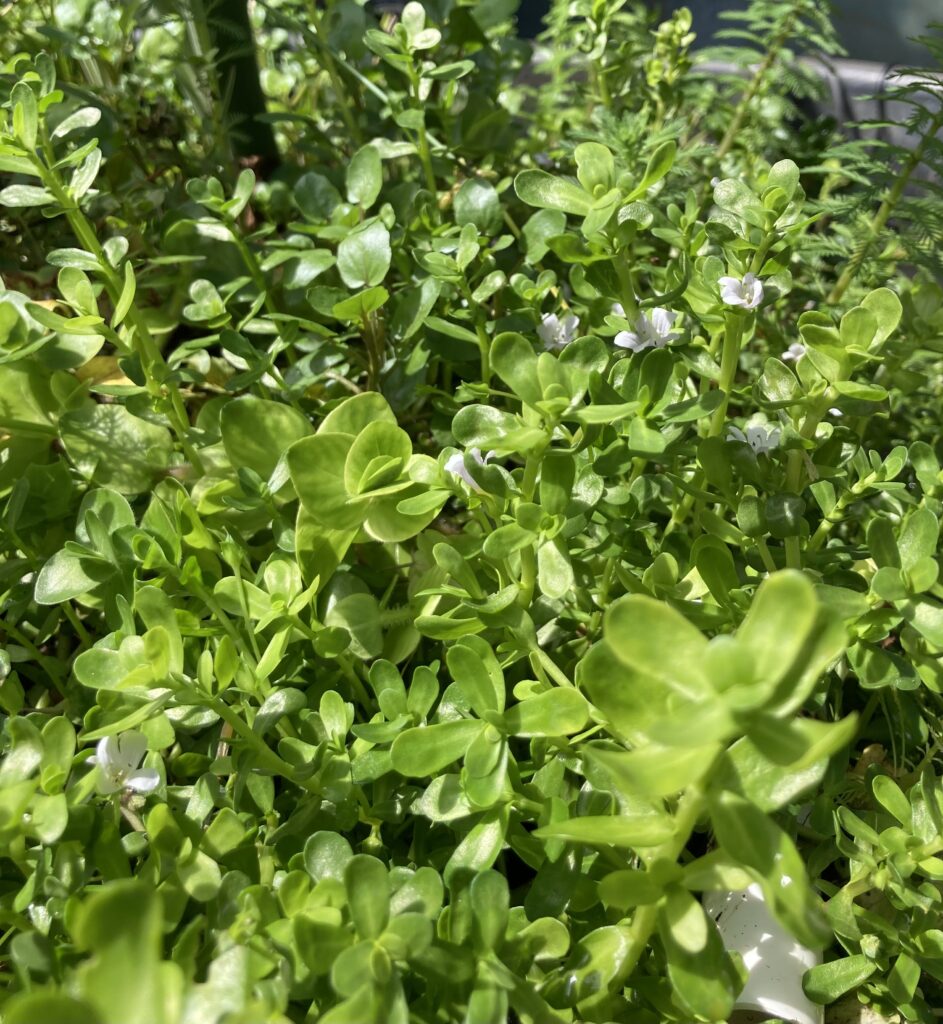
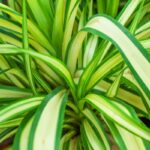
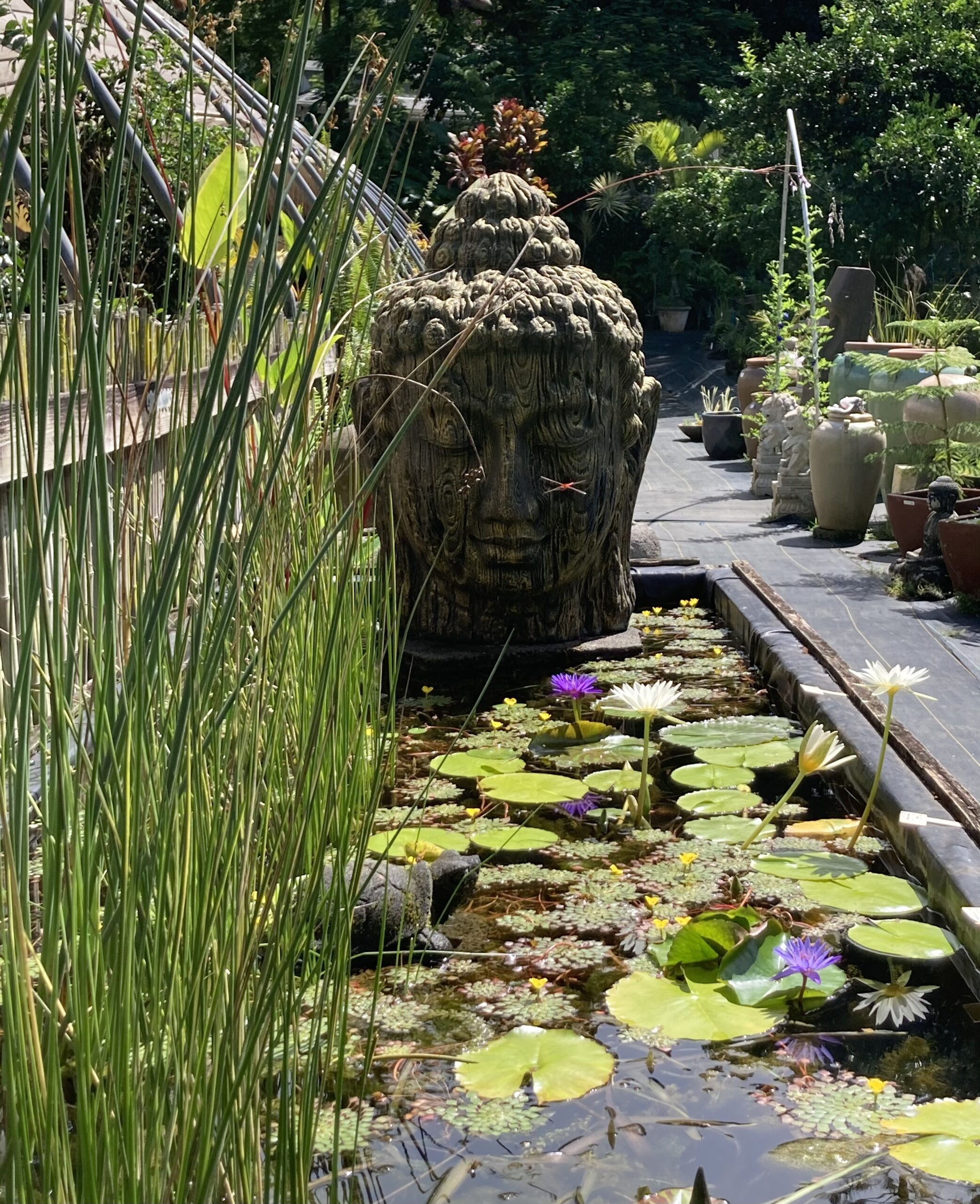
One thought on “Native, Edible and Herbal Water Plants in Hawaii”
Pretty component to content. I simply stumbled upon your blog and in accession capital to say that I get in fact enjoyed account
your weblog posts. Anyway I will be subscribing for your feeds and even I success you access persistently quickly.
Comments are closed.